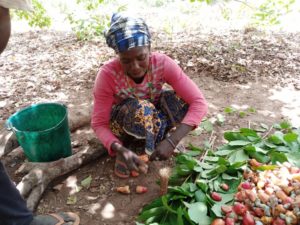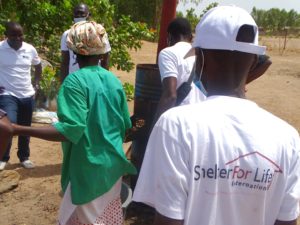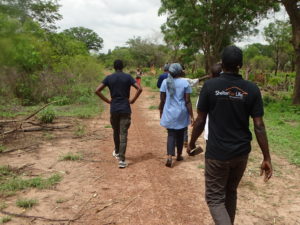Welcome to The Gambia
The Gambia Value Chain Analysis
Enclosed completely by Senegal, the Gambia is a tiny West African country of only 11,300 square kilometers, with a population of two million97. It has consistently ranked as one of the poorest countries in the world, hampered by the long-time and increasingly authoritarian rule of President Yahya Jammeh. His exit from leadership in 2016 brings with it hopes of increased access to funding from international organizations, as well as reforms to reignite the economy. Outside of agriculture, the economy is heavily reliant on remittances, which make up about 20 percent of GDP, and tourism, which brought in an additional 20 percent of GDP before tourism declined as a result of Ebola and the 2016-17 political transition. Agriculture generates about one-third of GDP and accounts for three-quarters of employment. Groundnuts are the most important crop and the largest export in terms of value. After groundnuts, rice and millet are also priority crops, along with cashew98. Though cashew cultivation dates to as early as the 1960s, it was not until recently that it started to take off in the Gambia.
Producers
There are estimated to be around 14,000 cashew farmers in Gambia.101 A farmer earns approximately CFA 610,000 per metric ton of RCN, having a 64-66 percent share in final market value, with considerable potential to increase income. Farmer organization has strengthened in recent years, such that some producers now sell through their cooperative, who then sell directly to exporters.
Traders
Generally, there are two to three levels of traders between the farmer and exporter, depending on farmer organization. Small and mid-sized traders tend to be local residents who are often current or former cashew producers. Such traders collect nuts directly from farmers and local markets. These local collectors then sell to larger buyers with formal relationships with exporters, who provide working capital for a specified quantity of RCN.
Exporters
Based in Banjul, this group generally consists of domestic export houses and purchasing agents of international trade groups and processors. Since nearly all domestic RCN
production is exported to foreign processors, exporters occupy a critical role within the supply chain. They earn about CFA 30,000 per MT of RCN, capturing an estimated 10-
11 percent of the share in final value.
Foreign Processors
The final destination of raw cashew nuts is the foreign processors, who are primarily Indian (57 percent of RCN exports).102 Gambian nut count is better than most peers, with 51-52 lbs quality (which is a little less than Guinea-Bissau). External processors have relatively lower processing costs due to scale, but lower profits due to high competition and higher prices of RCN. Total processing cost of 1 MT of RCN including financing and port costs averages around CFA 180,000-185,000.
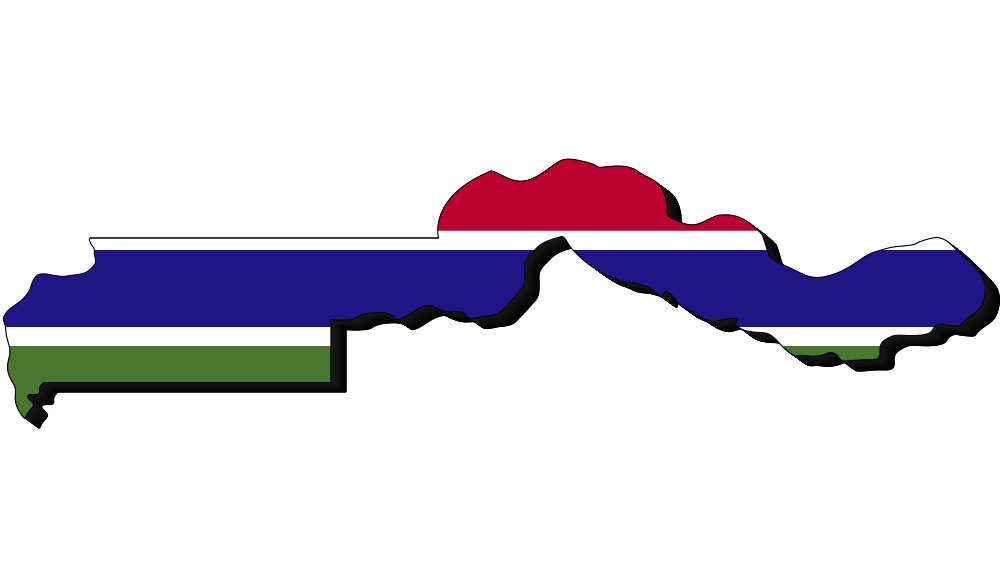
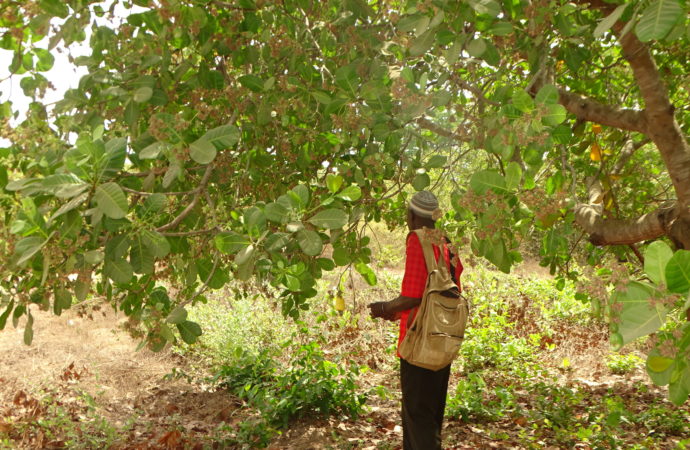
Harvest And Post-Harvest Practices
Because many cashew farmers no longer cultivate subsistence crops, they are heavily reliant on RCN sales to feed their families. This dependency, combined with the risk of theft, leads many farmers to prematurely harvest nuts.113 One producer even noted that some farmers will rub ash on RCN in order to give the appearance of a fully matured nut. The poorest farmers also prefer to sell their nuts individually, as RCN serves as a liquid asset that allows them to pay for daily needs without worrying about where to store large amounts of cash from a single sale. Appropriate storage facilities may also be a constraint, though this was not highlighted by producers during interviews.

